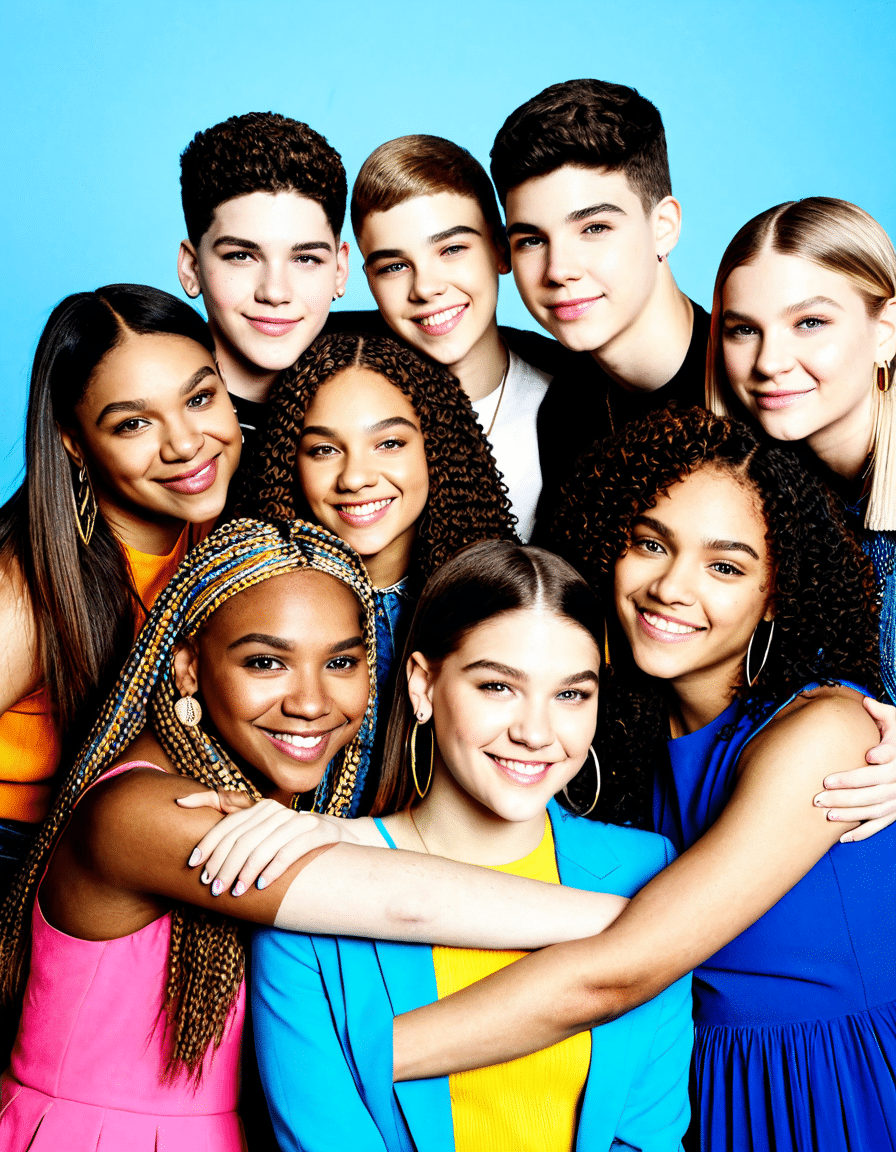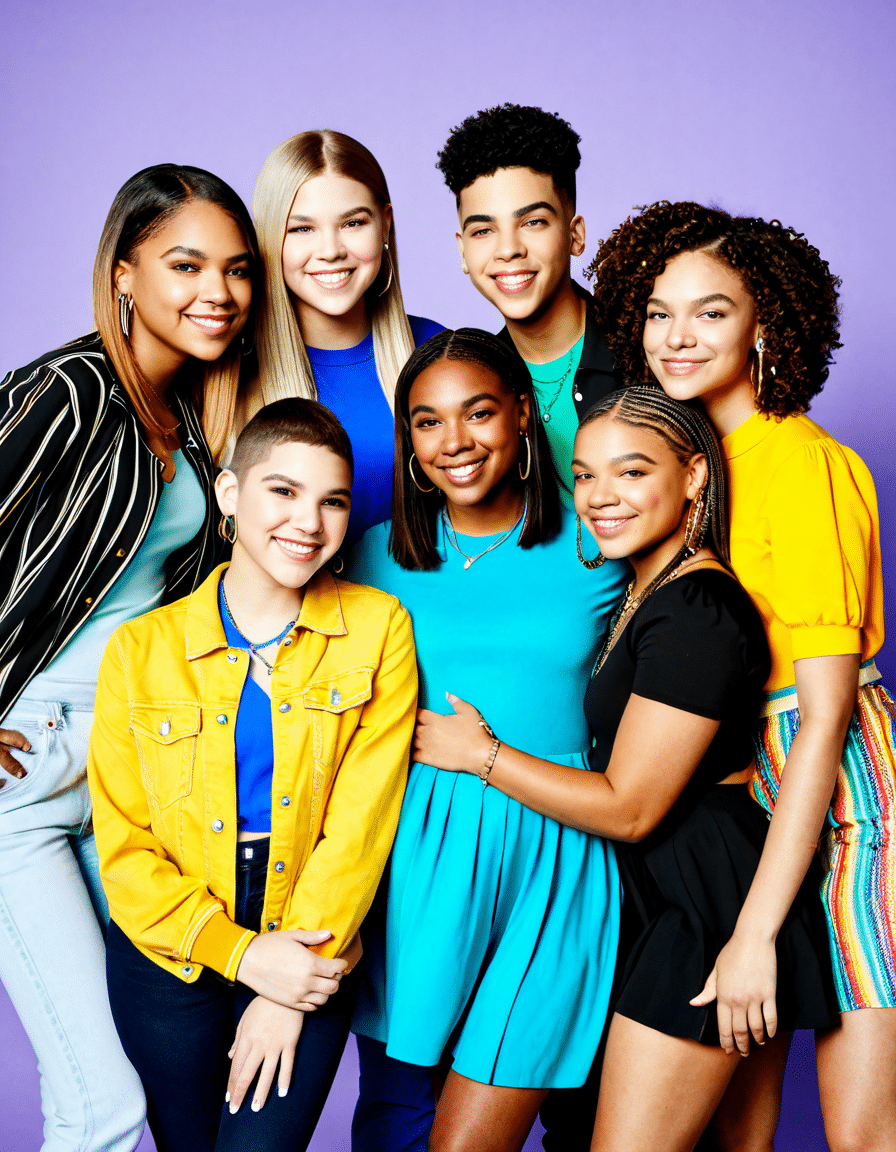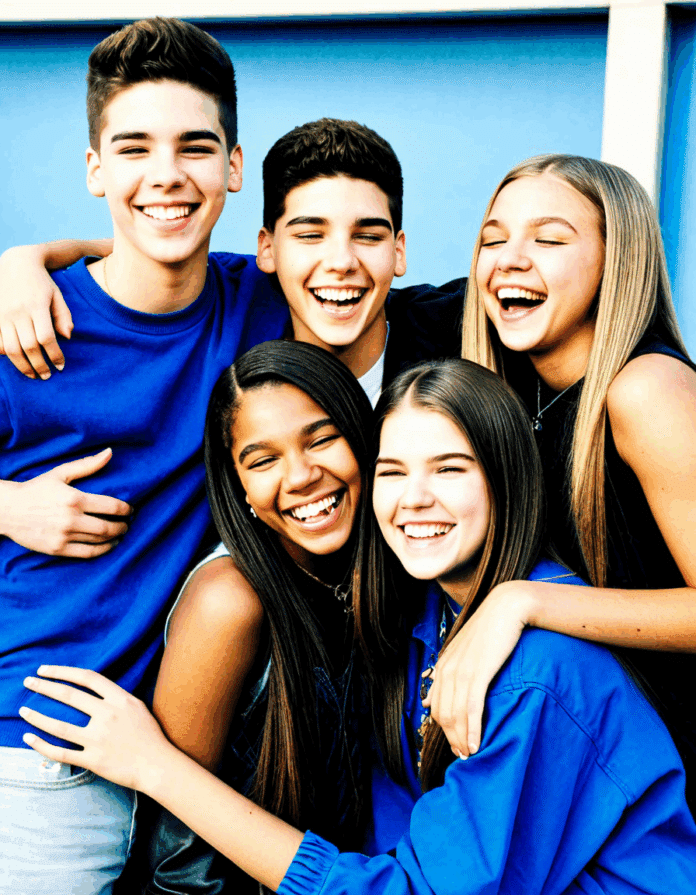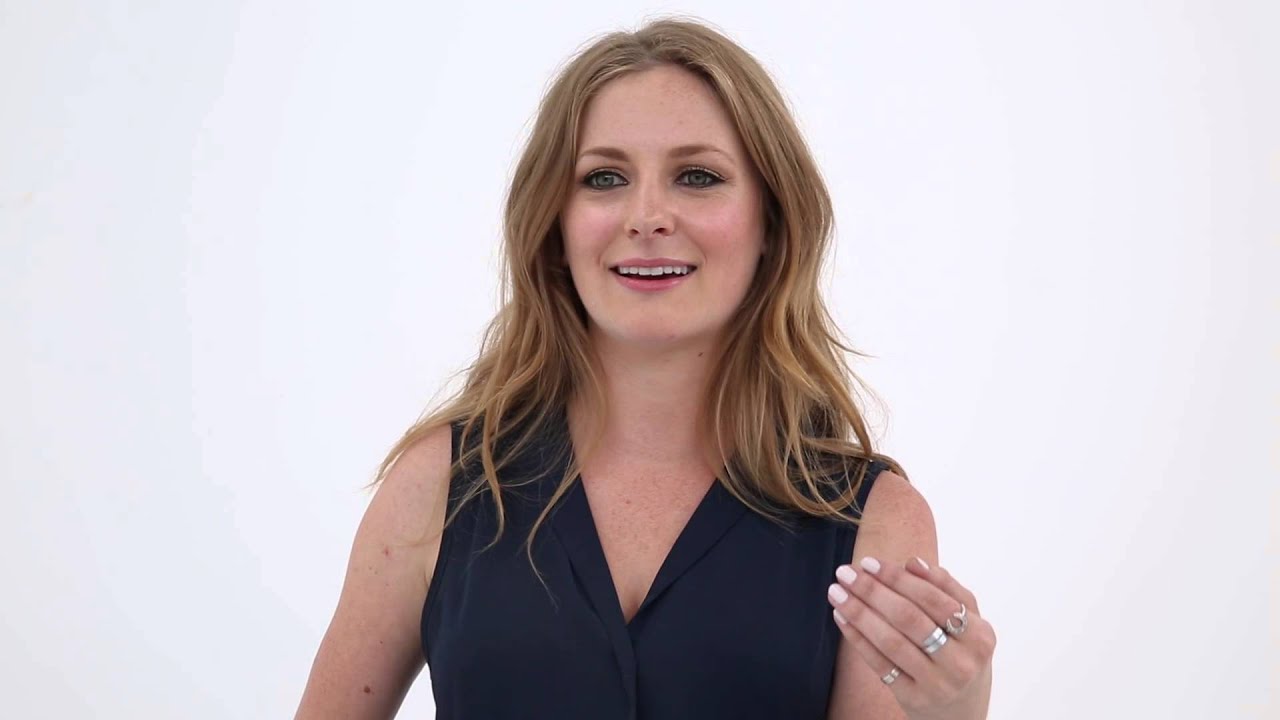The legacy of the Degrassi cast is monumental in teen television history. As one of the first series to tackle real-life issues head-on, they have shaped narratives across various genres. From mental health to identity struggles, the stories that Degrassi told Were raw, relatable, and revolutionary. In this article, we deeply explore seven influential members of the Degrassi cast who not only transformed the show but left a lasting mark on television as a whole.
7 Degrassi Cast Members Who Changed TV Forever
Many characters and stories from Degrassi resonate with viewers for their authenticity. The following cast members exemplify this impact, showcasing how their roles contributed to evolving trends in storytelling. From compelling characters to groundbreaking narratives, these actors definitely changed television forever.

1. Drake (Aubrey Graham)
Before Drake became the global music icon we know today, he made waves as Jimmy Brooks on Degrassi: The Next Generation. Portraying a star athlete who becomes a wheelchair user after experiencing a tragic school shooting, Drake’s character brought much-needed awareness to disability among youth. By openly addressing mental health in his music, he laid the groundwork for TV shows to further explore these themes. Consequently, narratives involving physical and emotional struggles gained prominence in series worldwide.
Drake’s journey from Degrassi to superstardom feels like a testament to how impactful storytelling leaves ripples beyond individual shows. His success inspired young artists who now aspire to create complex narratives, proving that music and television can often intersect profoundly. Plus, you can feel his influence in everything from the latest drama on platforms like Netflix to songs echoing themes reminiscent of Islands in the Stream.
2. Nina Dobrev
As most fans would recall, Nina Dobrev entered the spotlight as Mia Jones in Degrassi before her unforgettable role as Elena Gilbert in The Vampire Diaries. Her modest beginnings in the show set a trajectory for strong, nuanced female leads that challenge traditional depictions of women in supernatural dramas. Because of Dobrev’s career progression, young women now see more multifaceted characters, breaking the mold of the classic damsel in distress.
Her transition symbolizes a broader cultural shift in representation and storytelling, reinforcing how important relatable female figures are for female audiences everywhere. The strength and depth she brought to her roles opened doors for other actresses. This foundation helped cultivate an environment where courageous narratives, such as those found in Ted Lasso, are celebrated and validated.
3. Shenae Grimes-Beech
Shenae Grimes-Beech’s journey from playing Darcy Edwards in Degrassi to graduating to roles in dramatic series like 90210 emphasized how her experiences on Degrassi prepared her for significant narratives. In her new roles, Grimes continues to shine a light on mental health issues and emotional struggles, working hard to inspire other creators to include these themes in their own stories.
As audiences become more attuned to the emotional complexities in life, it’s refreshing to see actors who embrace vulnerability. Shows like Ted Lasso and others benefit immensely from this focus on character growth and mental health discussions. Grimes’ evolution illustrates that when narrative layers are prioritized, storytelling improves.
4. Cassie Steele
Cassie Steele stepped into the spotlight as Manny Santos, a character who sparked vital conversations about racial and cultural identity within teenage dramas. Following her Degrassi stint, Steele joined the Fargo TV series, proving how essential it is to bring representation onto the screen. Manny’s complexities allowed audiences to engage with themes that many young people encounter daily.
This breaking of racial barriers opened doors for ensemble casts, such as in films like Bad Boys 4, proof that diversity in storytelling is crucial. If characters are crafted with depth, it encourages viewers to explore important discussions about race and culture. Steele’s contributions ensure that today’s diverse television landscape reflects rich, layered experiences.
5. Andrea Lewis
With her portrayal of Hazel Aden, Andrea Lewis brought intersectionality into the Degrassi narrative. After the series, she transitioned into a productive career as a producer and director, focusing on marginalized voices within the entertainment industry. She played a crucial role in elevating critical stories that highlight diversity and personal experiences.
Her influence reaches new creators working on projects like Scream 5, which also touches on similar themes of inclusion and representation. By championing underrepresented narratives, Lewis encourages a generation of content creators to tell their own authentic stories. That advocacy remains vital in any modern discussion about media representation today.
6. Jake Epstein
Jake Epstein’s portrayal of Asher in Degrassi offered audiences a raw perspective on bullying and identity crises that many teenagers grapple with. His nuanced portrayal helped to broaden the narrative landscape concerning mental health issues. As he took on various roles post-Degrassi, including in Reacher Season 3, Epstein hasn’t shied away from tackling tough subjects.
He emphasizes the long-lasting impact of childhood trauma in his characters, allowing audiences to empathize and connect deeply with their stories. Authentic storytelling in both dramatic and action genres benefits from experiences of actors like Epstein, weaving essential themes into engaging narratives.
7. Miranda McKeon
Miranda McKeon’s recent acclaim in Beverly Hills Cop 4 continues the Degrassi legacy by showcasing her ability to balance comedy and drama. Known for her oxygenate personality, McKeon stands as a reminder of how Degrassi successfully embraced multi-dimensional characters long before mainstream acceptance. Her performances reflect the beauty of intertwining humor with seriousness in contemporary narratives.
As viewers seek shows that blend laughter with deeply felt emotion, McKeon’s roles pave the way for newer series to follow suit. Today’s audiences appreciate that comedy and poignant storytelling can coexist, helping revitalized stories catch on in ways they never could before.

Impact Beyond Degrassi: Future Directions in Television
The Degrassi cast has shown that realistic portrayals of young adults resonate deeply with audiences. Their impact stretches well beyond the confines of the show, influencing various genres and sparking productions that delve into complex issues while still keeping the audience entertained.
Modern series like Ted Lasso and Fargo showcase the echoes of Degrassi, reflecting the ongoing exploration of identity struggles and mental health discussions. As television continues to change, the foundational work laid by the Degrassi cast remains pivotal in shaping stories that mirror the multi-faceted nature of life today.
Looking ahead, we can expect more genre blending and thematic exploration inspired by these pioneering figures. The essence of the Degrassi legacy lies in its ability to engage authentically with audiences—reminding us that characters crafted with care profoundly affect storytelling. As we witness shifts in narratives, it’s clear that the transformative power of the Degrassi cast will continue to influence how we connect with stories on screen.
Degrassi Cast: Changed TV Forever
Revolutionary Paths of The Degrassi Cast
The Degrassi cast changed the face of teen drama for generations. Not only did they tackle real-life issues like mental health, sexuality, and socioeconomic struggles, they also paved the way for future shows. For instance, Drake, who played Jimmy, emerged from the gritty narratives of the series to become a global music superstar, ultimately making waves via catchy tracks reminiscent of the Islands in The Stream Lyrics. Meanwhile, breakout star Nina Dobrev, who later shined in The Vampire Diaries, showcased the depth of her talent in portraying multifaceted characters that both entertained and educated viewers.
Cultural Impact and Beyond
Speaking of entertainment, the series had a knack for attracting attention beyond the screen. Remember when Degrassi episodes sparked conversations about real-time issues, making it a hotspot for relevant discussions? You could even compare the cultural respect the show commanded to the excitement of a Brazil Vs Costa rica showdown; both scenarios have fans on the edge of their seats, invested in the outcome. In fact, many alumni from the Degrassi cast have successfully transitioned into mainstream roles, with some like Vanessa Morgan, now shining in other iconic series.
Fun Facts and Contrasting Paths
Now, here’s a wild tidbit: Leslie Nielsen, a classic comedic actor, was known for a very different style of humor and yet, you’d be surprised to find overlapping audiences for both Degrassi fans and those who admire his legendary movies and TV shows. It’s fascinating how diverse the entertainment landscape can be! Meanwhile, if you’re interested in inspiring stories, look no further than Chelsea Greens rise. She’s not only made headlines on wrestling platforms but has also been open about her health struggles, which parallels the show’s themes of resilience. And as a little cherry on top, the emergence of Target pharmacies has made healthcare more accessible, mirroring the show’s focus on important societal topics, much like Medicare And Medicaid.
In short, the Degrassi cast didn’t just pull off a successful show; they set benchmarks that future productions strive to reach. Their legacies continue to influence and engage with audiences, proving that, like trashy reality TV or gripping dramas, authentic storytelling will always resonate with viewers of all ages.







